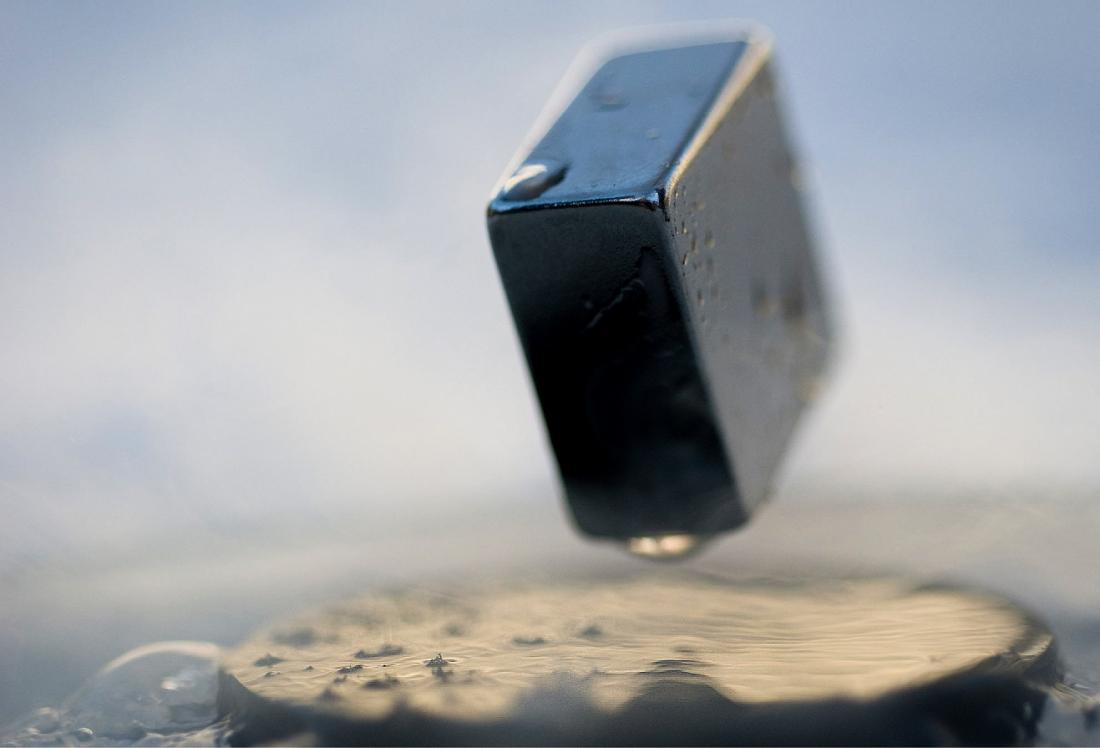"There are so many superconductors that we [still] do not know. We hope there will be a room-temperature superconductor among them," the researcher says.
First discovered in 1911, superconductivity is the ability of certain metals to conduct an electric current at zero resistance, resulting in no loss of energy. Superconductors could have a huge impact on future energy transmission, for example, since significant amounts of energy are currently lost in the process of transmitting electricity from power plants to their destinations.
In 2010, Tokyo Institute of Technology materials scientist Hideo Hosono assembled a research team composed of over 40 researchers, who undertook a four-year exploration of more than 1,000 materials to look for new superconductors. They found around 100 new superconducting materials and, in the process, published more than 330 original papers and applied for over 30 patents. An overview of their results recently appeared in the journal Science and Technology of Advanced Materials (STAM).
To date, superconductivity only happens in some materials at extremely low temperatures. The highest known temperature at which superconductivity occurs is about −135°C. The temperature of liquid nitrogen, by comparison, is −196°C. Researchers dream of finding materials with superconductive properties at room temperature: a feat that has eluded them so far. Materials that superconduct at or near room temperature would have the potential to be easily maintained in everyday environments.
While Dr Hosono’s team did not discover any new superconductive materials at temperatures above those previously known, its findings are, nevertheless, significant. Dr Hosono gave his colleagues tremendous flexibility to search for new superconducting materials, believing that excellent solid state chemists would find new properties by serendipity. The results of this project have convinced him that there are many more superconducting materials left to discover.
“This project found around 100 kinds of new superconductors,” says Dr Hosono. “[But] there are so many superconductors that we [still] do not know. We hope there will be a room-temperature superconductor among them,” he adds.
Among the team’s many successes in the project were the introduction of a new substance (a hydride ion) that induces iron-based superconductivity; the discovery of new cobalt- and titanium-based superconductors; and the design of electrical wires and tapes made from some of the superconducting materials, demonstrating their real-world applicability.
In its STAM paper, the team not only listed the superconducting materials found during the project, but also any materials that had no superconducting properties. “We believe that listing all materials examined, including both successes and failures, is meaningful for the people who work in this field,” they write.
“Concentrated exploration for new superconductors under a clear and flexible policy may lead to unexpected discovery,” says Dr Hosono.
For further information contact:
Dr Hideo Hosono
Tokyo Institute of Technology, Yokohama
E-mail: [email protected]



